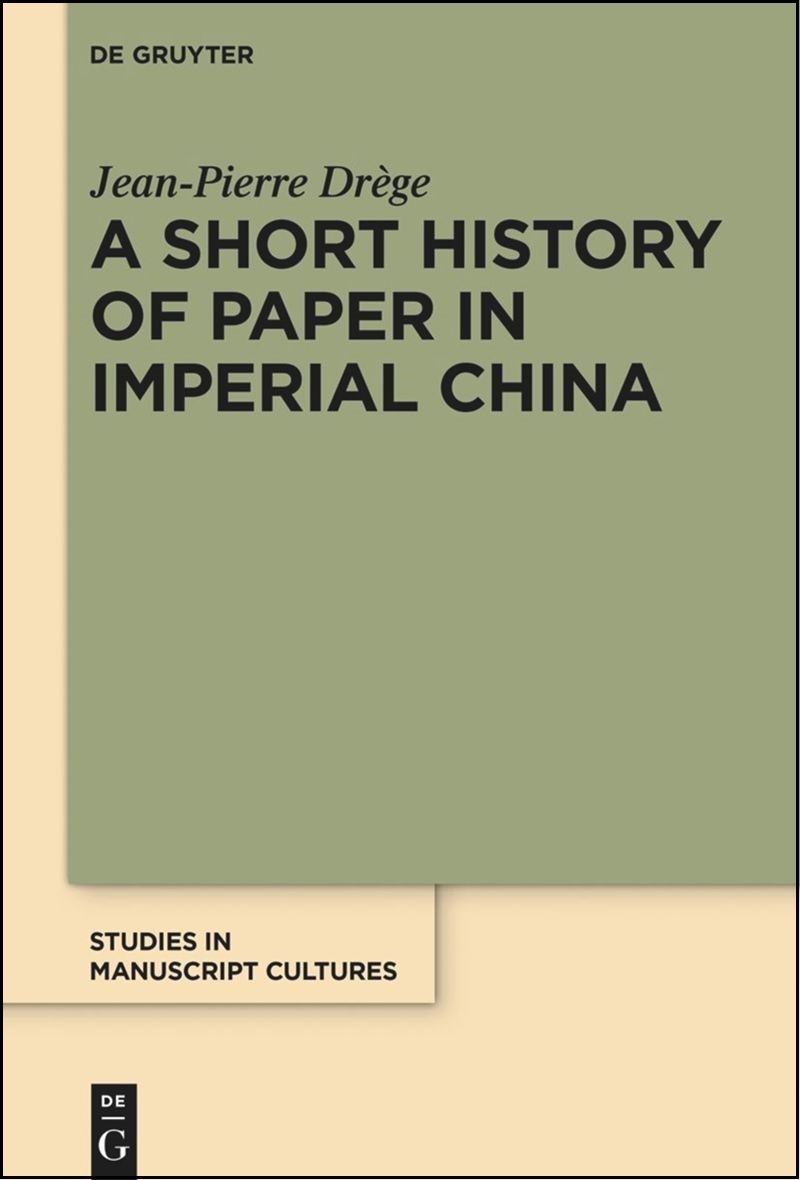SMC 31

A Short History of Paper in Imperial China
Jean-Pierre Drège
Paper has become the most common writing material worldwide in the course of a two millennia history. This study provides a magisterial synthesis of recent scholarship and original insights into the origins of papermaking and its subsequent history in imperial China, including a wide range of archaeological evidence and literary sources. The volume introduces the materials and technologies of paper production and presents the cultural history of paper in traditional China.
A comprehensive survey of literary sources on the production and use of paper is undertaken starting with the ongoing debate about the origin and genesis of paper, which was fuelled by recent archaeological discoveries of paper or proto-paper from the last two centuries BCE. In addition to its having become a popular writing material produced in many different qualities for both handwriting and printing, it also served as a material for wrapping or decorating, money and numerous uses in everyday life, such as umbrellas, windows, clothing, wallpapers, curtains and kites. Precious paper contributed to the aesthetics of calligraphy and painting, catering to the taste of the educated elite and artists.
FrontmatterI
ContentsV
Introduction1
A Great Controversy6
The Rapid Rise of Paper under the Later Han (25–220)21
Diversification, from the Three Kingdoms to the Six Dynasties (220–589)30
Expansion, the Sui and the Tang (589–906)41
Transformations, from the Five Dynasties to the Yuan (907–1279)56
Proliferation under the Ming and the Qing (1368–1911)71
Chinese Paper Seen from Europe95
The Decline and Survival of Traditional Paper in the Face of Industrialisation110
Appendix I: Traditional Chinese Works on the History of Paper119
Appendix II: The Leipzig Album143
References167
General Index185
Index of Personal Names195
